Total Math Curriculum
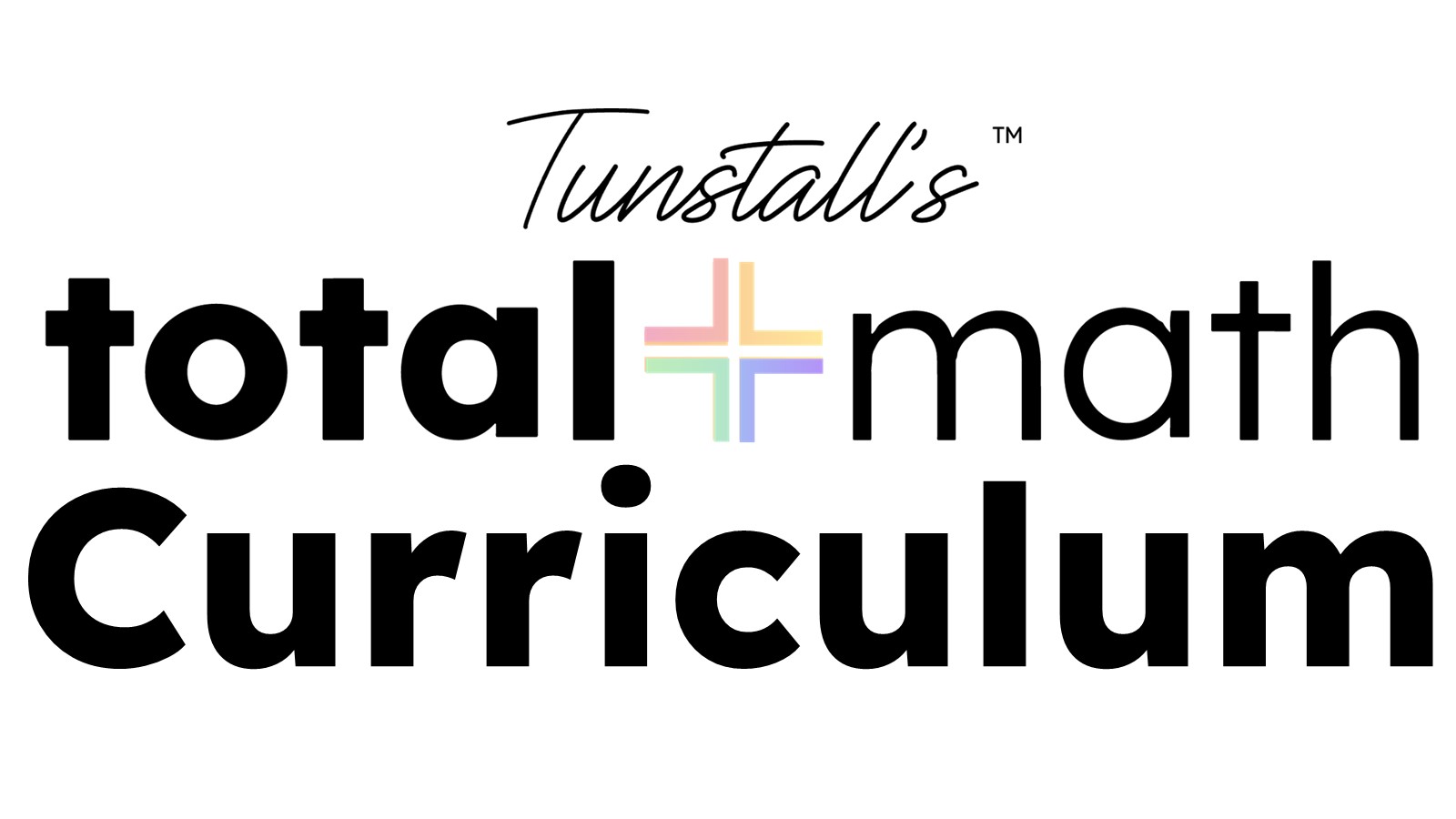
Total Math is a curriculum grounded in current and time-tested math research utilizing evidence-based methods and instructional practices.
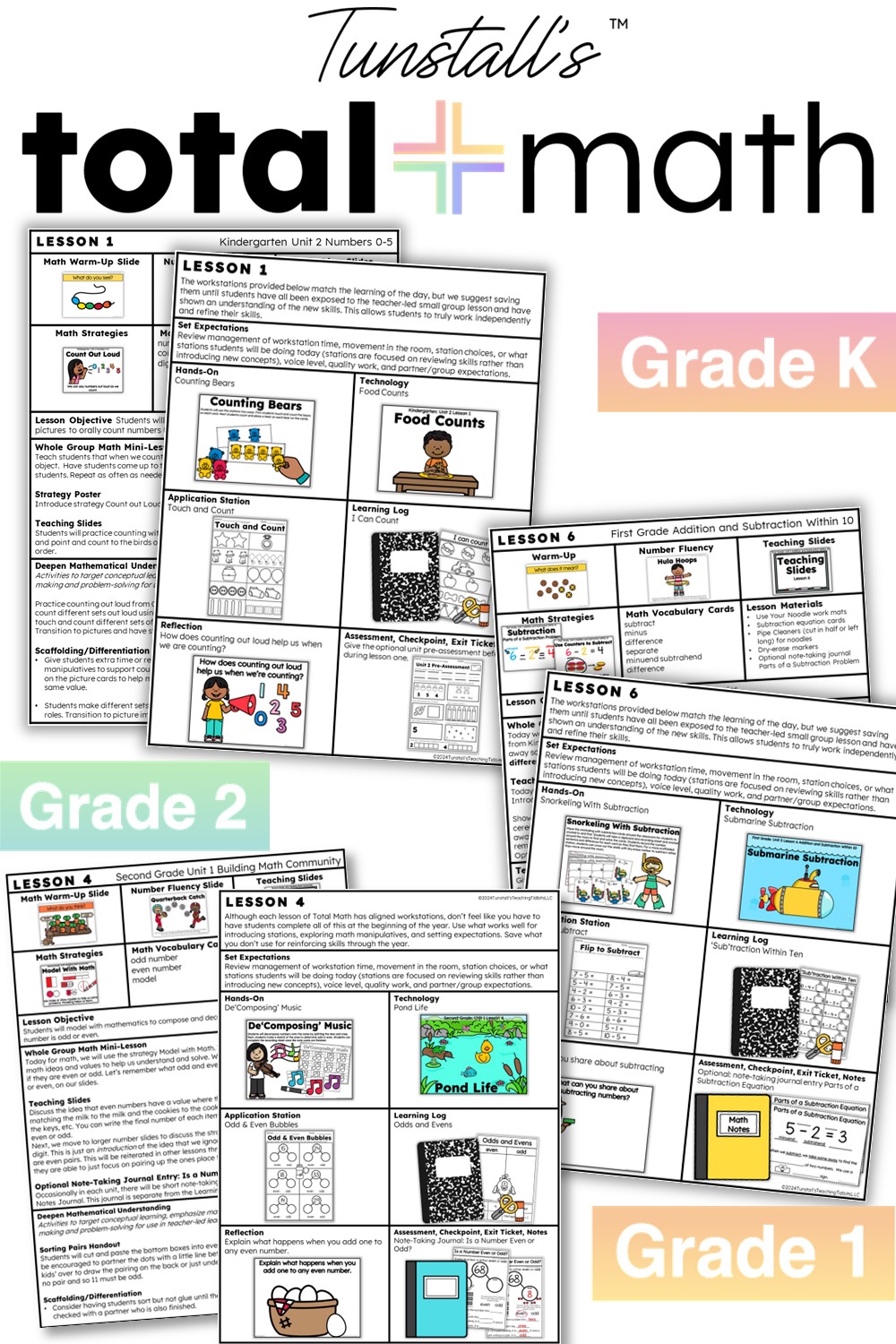
The Total Math Classroom
The total math classroom provides the framework to learn together as a community of mathematical thinkers where math isn’t just numbers on a page–it’s an engaging, cooperative, hands-on experience.
A total math classroom is active! We talk about math, share our thinking, move to different activities in the room, and explore many ways to solve problems. We split our time between direct instruction, teacher-led learning, and cooperative and individual learning tasks.
Total Math provides a well-rounded math experience involving conceptual hands-on learning, procedural problem-solving, vibrant visuals, academic vocabulary, interactive technology, collaboration, and movement. Students actively participate in all facets of the learning as a community of confident and capable mathematicians.
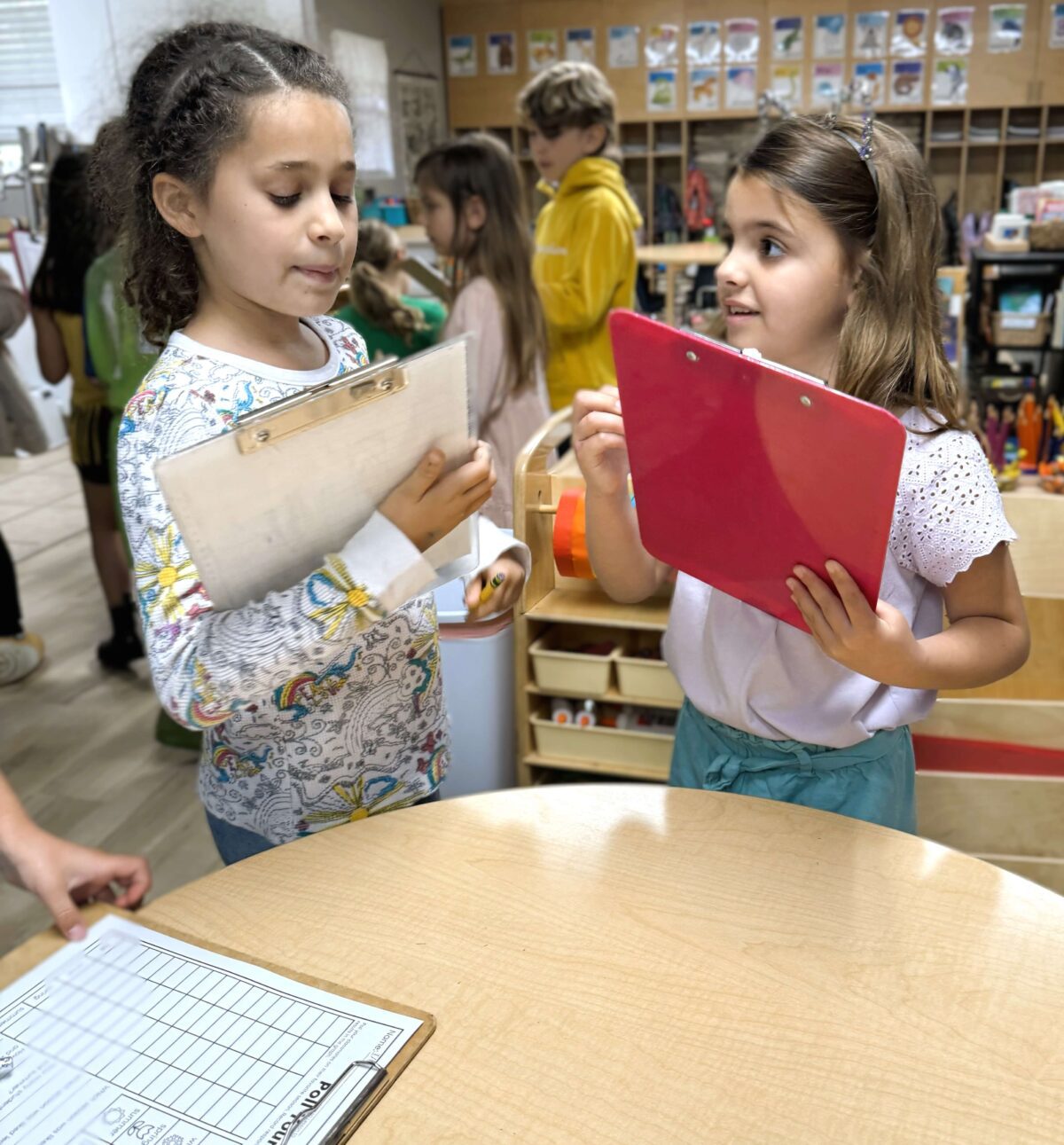
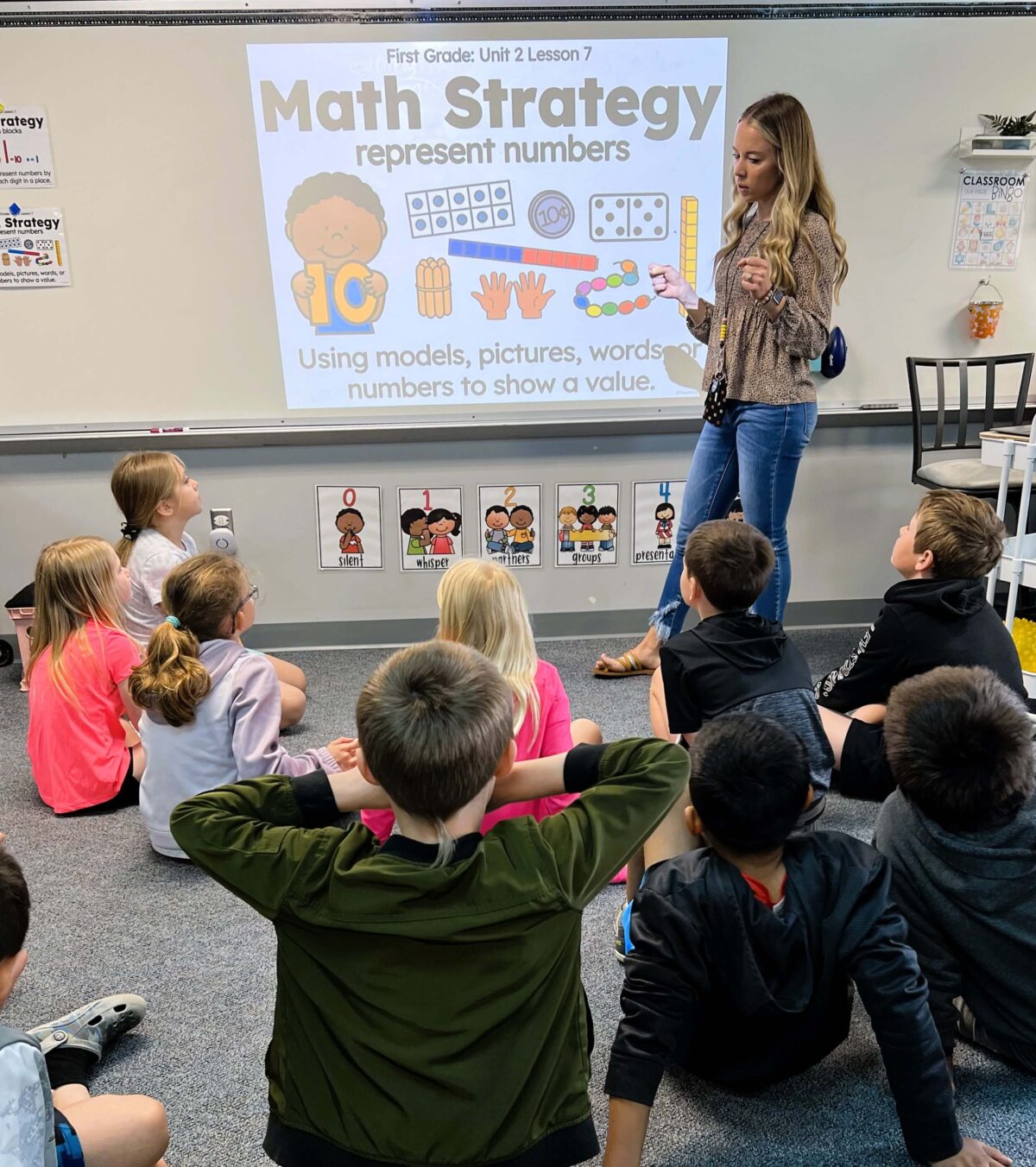
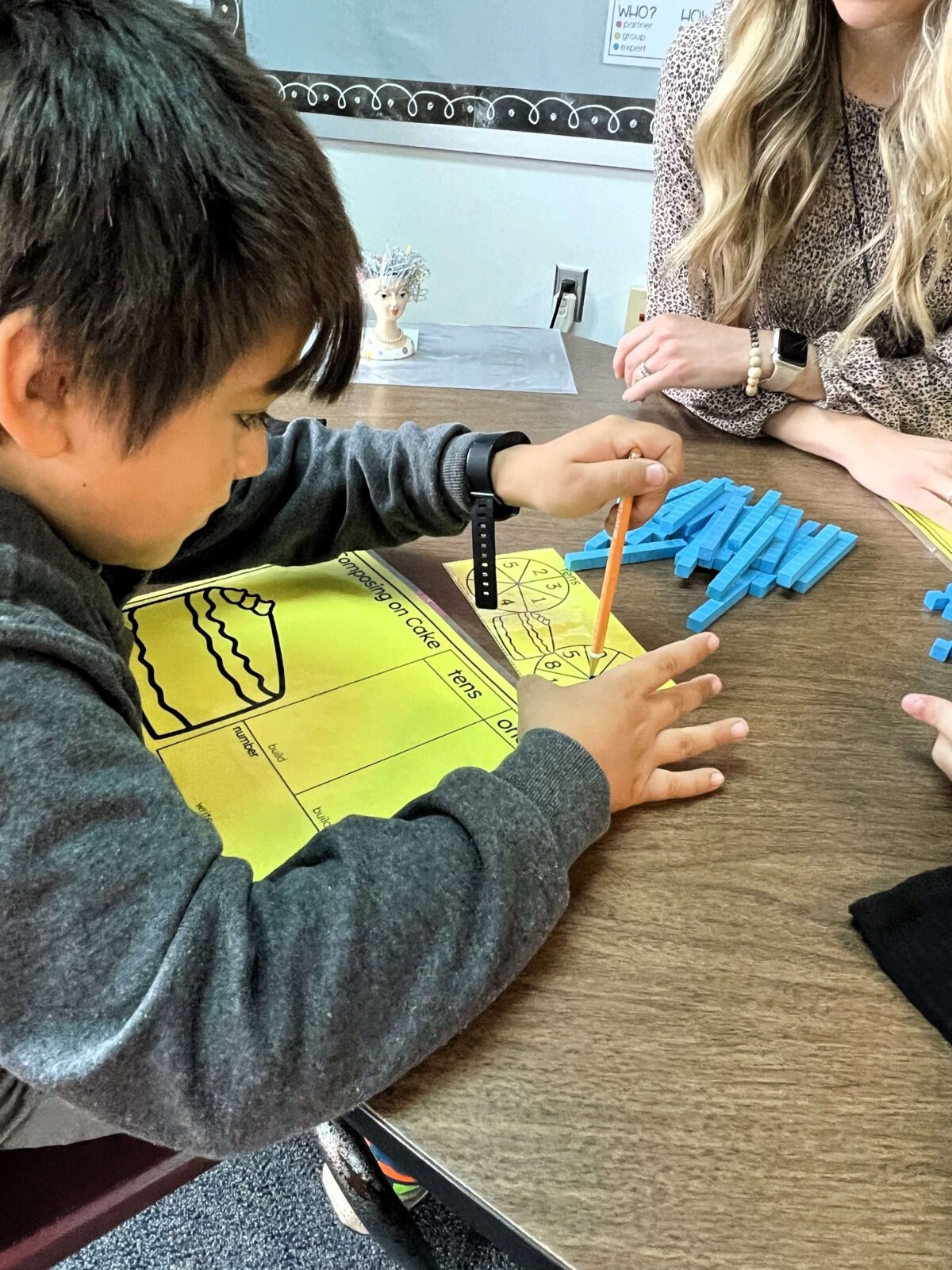
What is Total Math Curriculum?
Focused on deepening and connecting mathematical understanding and problem-solving in all learners, Total Math lessons and materials equip teachers with multi-layered materials for effective and equitable math instruction in today’s challenging classrooms. Every lesson includes all components for the total math block. All instructional materials are included, aligned, and organized by lesson and standard.
Additionally, in creating the Total Math Curriculum for grades K-2, Reagan Tunstall and Kristina Grant drew from over 40 years of combined classroom teaching experience. Total Math is a reflection of what teachers need, use, and want to teach math to real students in today’s classrooms. While math theory and the framework of effective math instruction are embedded throughout every lesson, just as important are the years of experience in the classroom with students teaching math.
Enhanced further by over a decade of leading teachers, schools, and districts nationwide, to implement research-based math instruction practices, Kristina and Reagan have a vast understanding of both the instructional needs of teachers and the academic needs of our students nationwide.
Further, Total Math Curriculum was additionally enriched by an expert panel of educators from across the nation who work with diverse student populations, academic needs, grade levels, pacing calendars, and state standards. This group offered invaluable feedback, actively engaging with Total Math’s curriculum, scope and sequence, learning objectives, and implementing Total Math in their classrooms over the past year and a half.
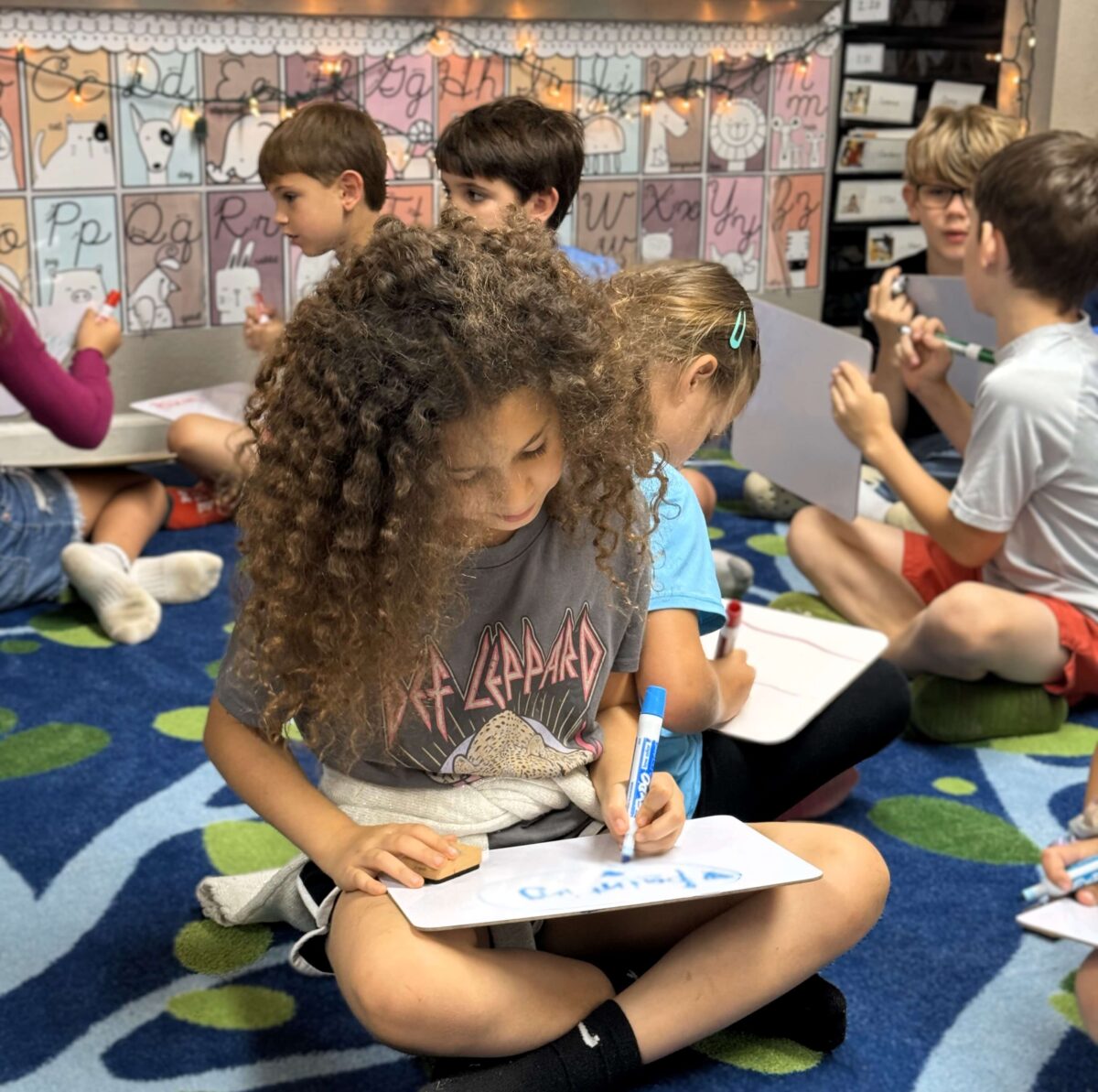
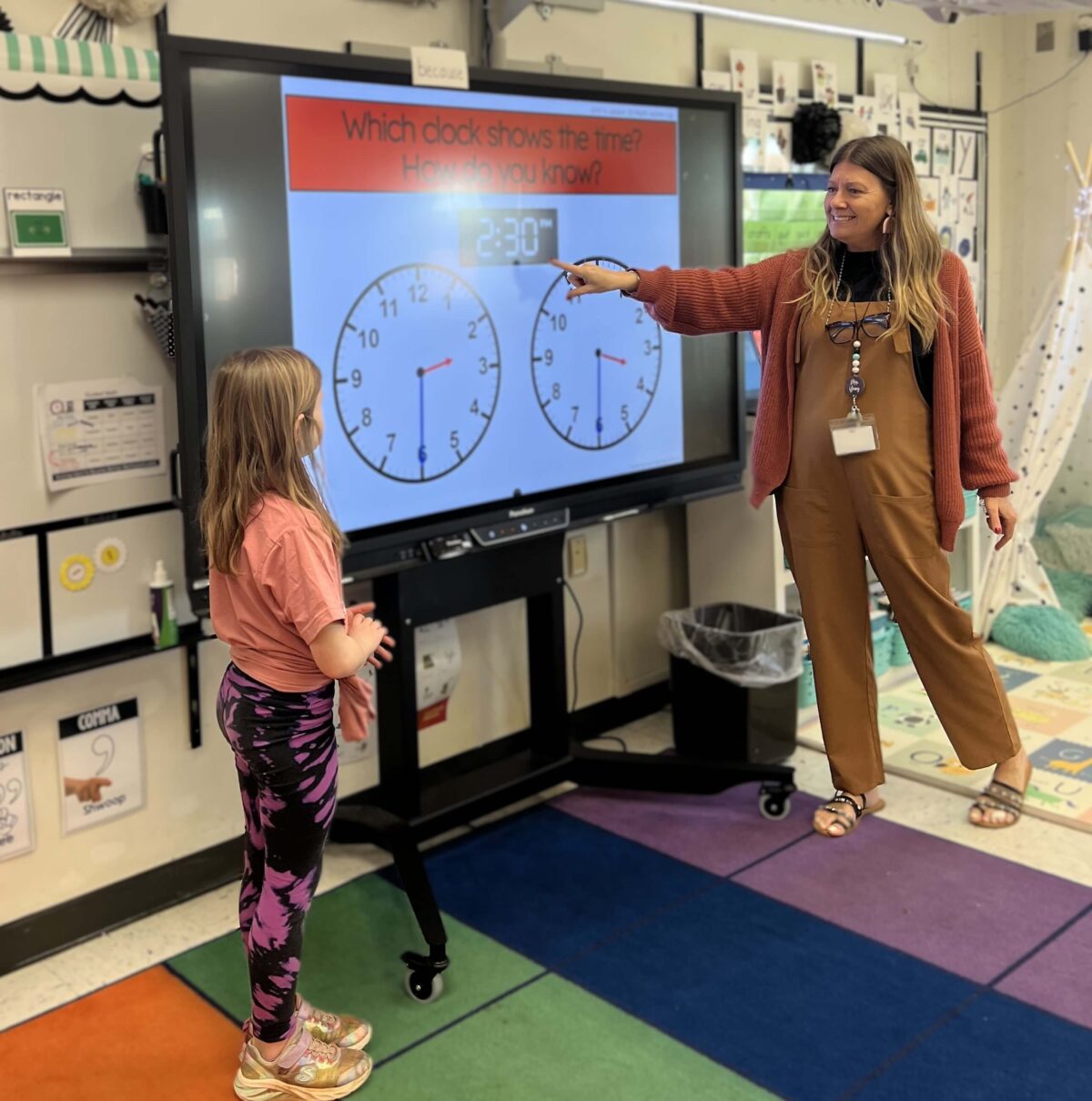
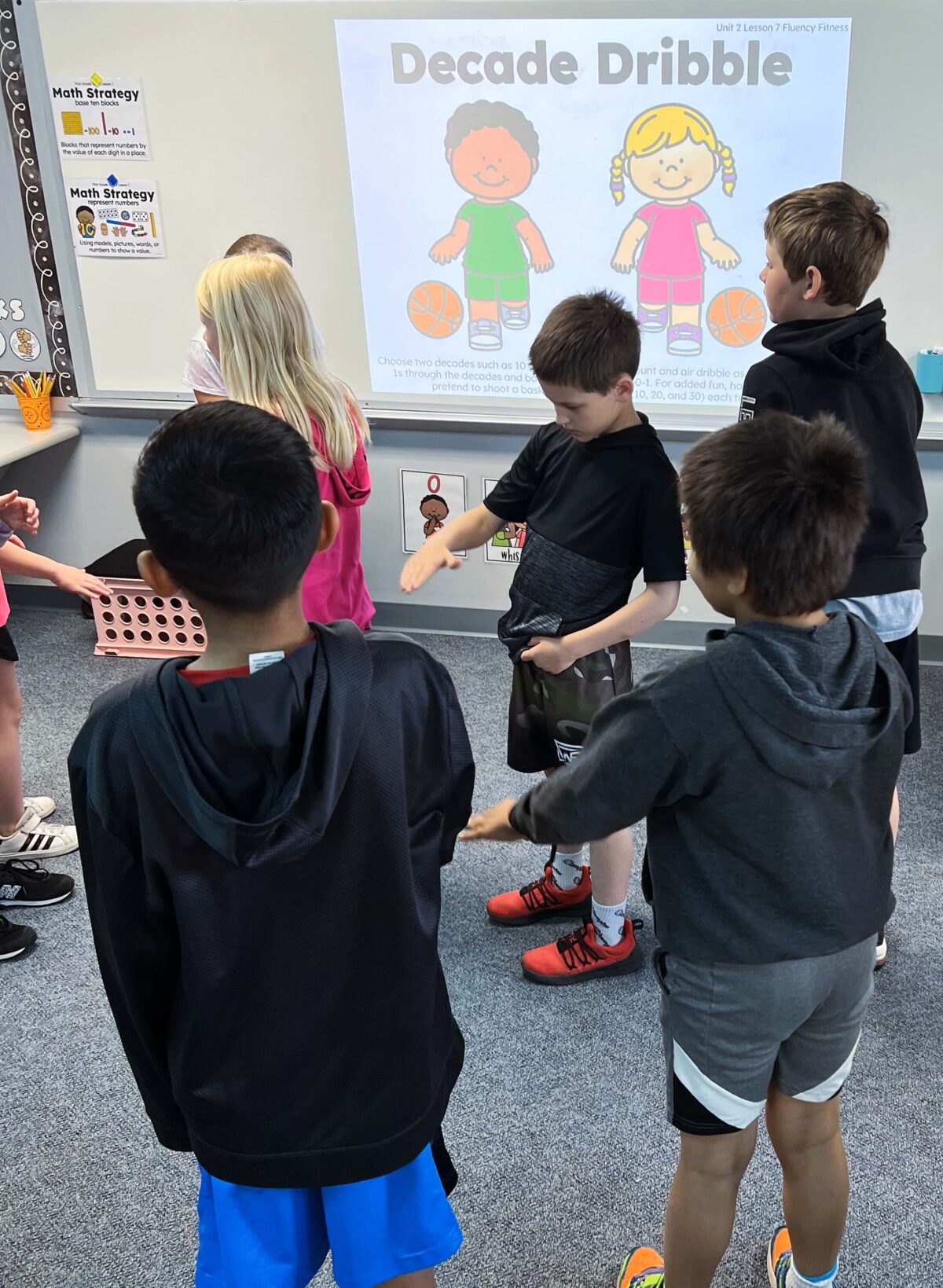



Purchase Orders and Invoices for Total Math Curriculum
We can help your school or district purchase Total Math directly with a purchase order or invoice for payment as a vendor. For help with this, email [email protected]. To check if we are already an approved vendor, search our vendor name, Tunstall’s Teaching Tidbits, LLC. Please note that purchase orders must meet the minimum licensing requirement.
A Look Inside Total Math Curriculum with Reagan Tunstall
Take a look at a unit of Total Math! Let’s open Unit 1 of Total Math together and go through the contents together.
The Components of Total Math Curriculum for K-2
Total Math includes all the components for the total math block every day.
Daily lessons include:
- Warm-Up Slides
- Number Fluency Slides
- Vocabulary Cards
- Math Strategies Slides/Posters
- Direct Instruction/Whole Group Lesson Plan
- Interactive Teaching Slides
- Teacher-Led Learning Math Mats and Task Cards
- Periodic Note-Taking Journal Entries (Grades 1 and 2)
- Take Home School Communication Newsletters
Daily Aligned Math Stations Include:
This is where the acronym T-O-T-A-L came from
- Teacher-Led Learning and Materials
- Hands-On Math Station
- Technology Math Station (Google Classroom Ready)
- Application Station (Independent Practice)
- Learning Log Activities (Math Journal)
Evaluations Included:
- Daily Lesson Reflection Slides
- Unit Pre-Assessment
- Periodic Exit Tickets
- Mid-Unit Checkpoint of Skills
- Unit Review Slides and Student Booklets
- End of Unit Assessments
- Answer Keys
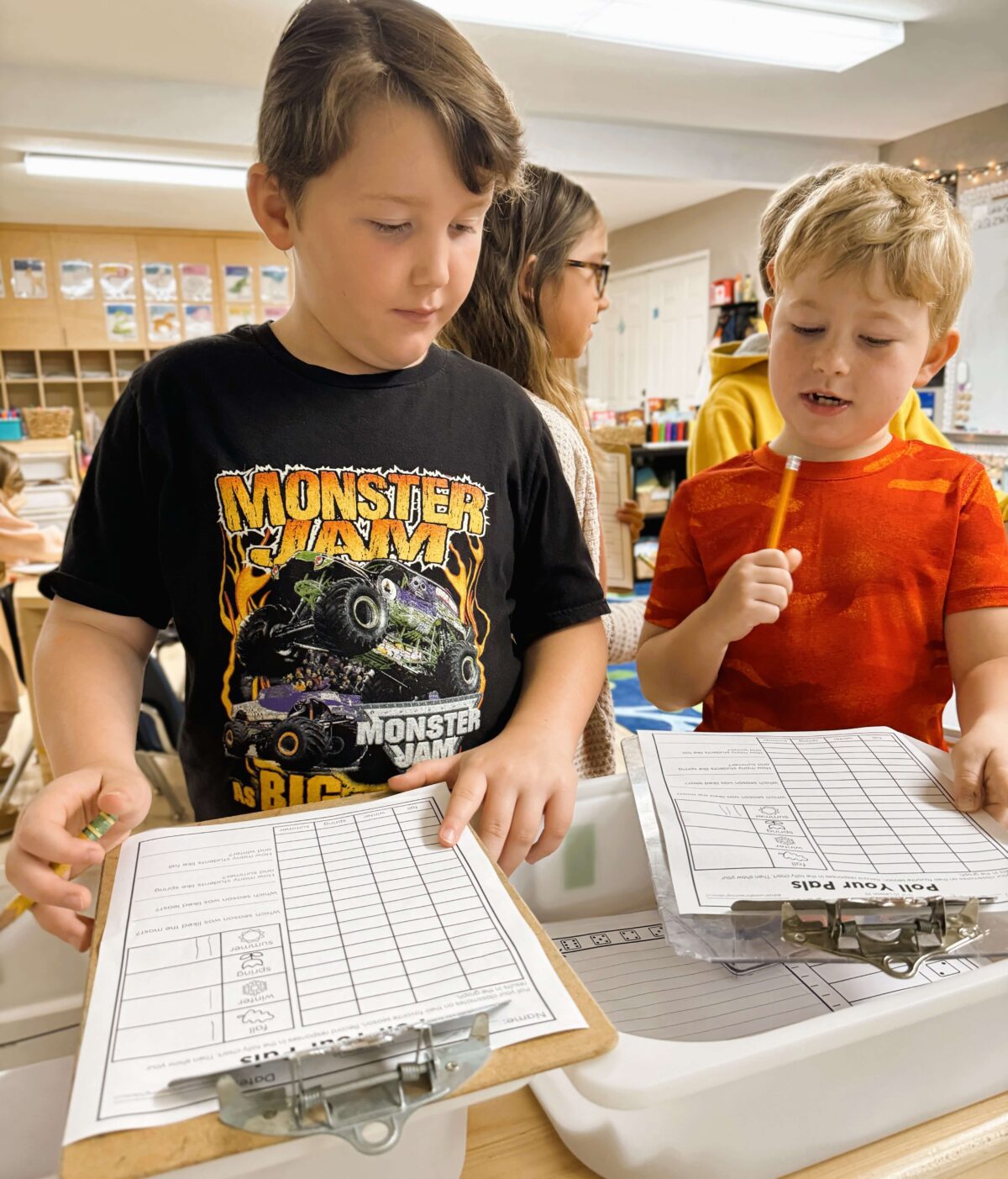
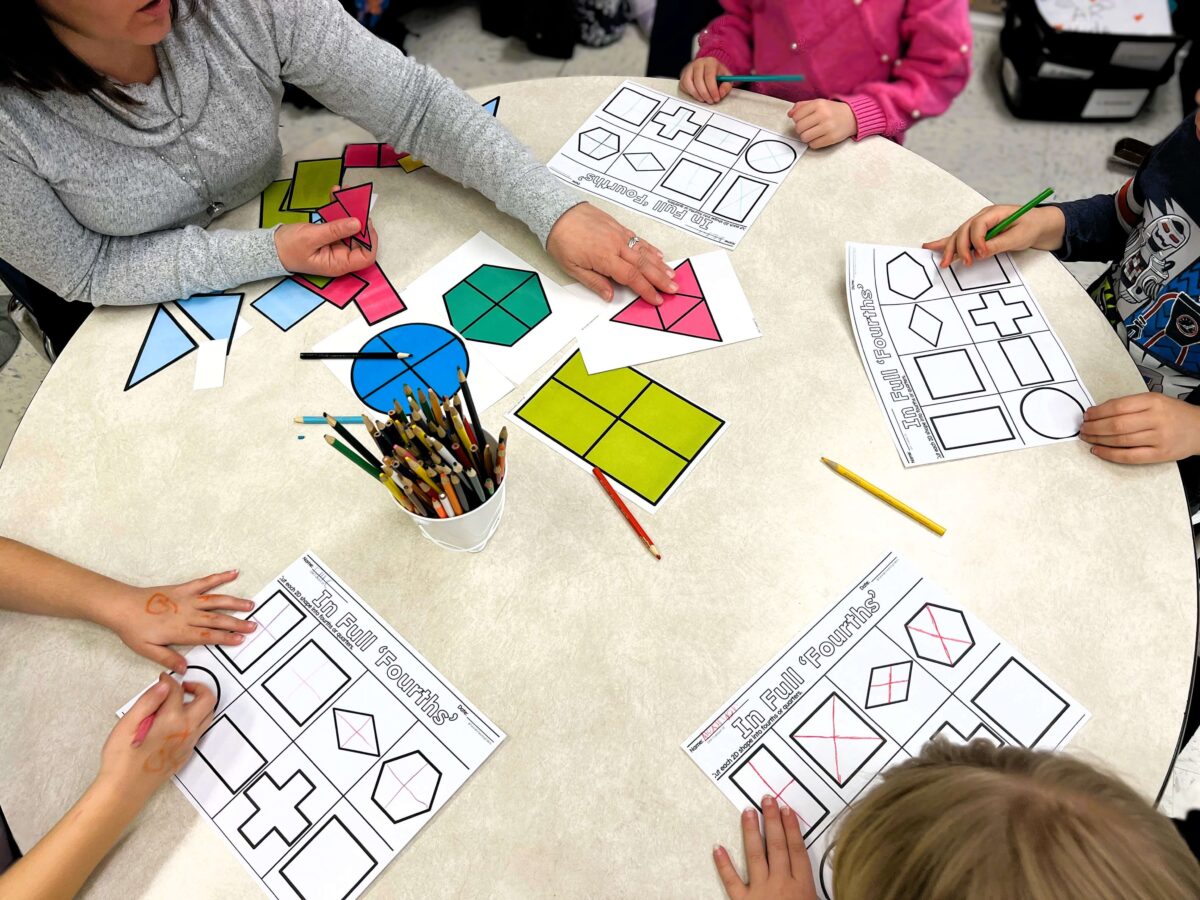
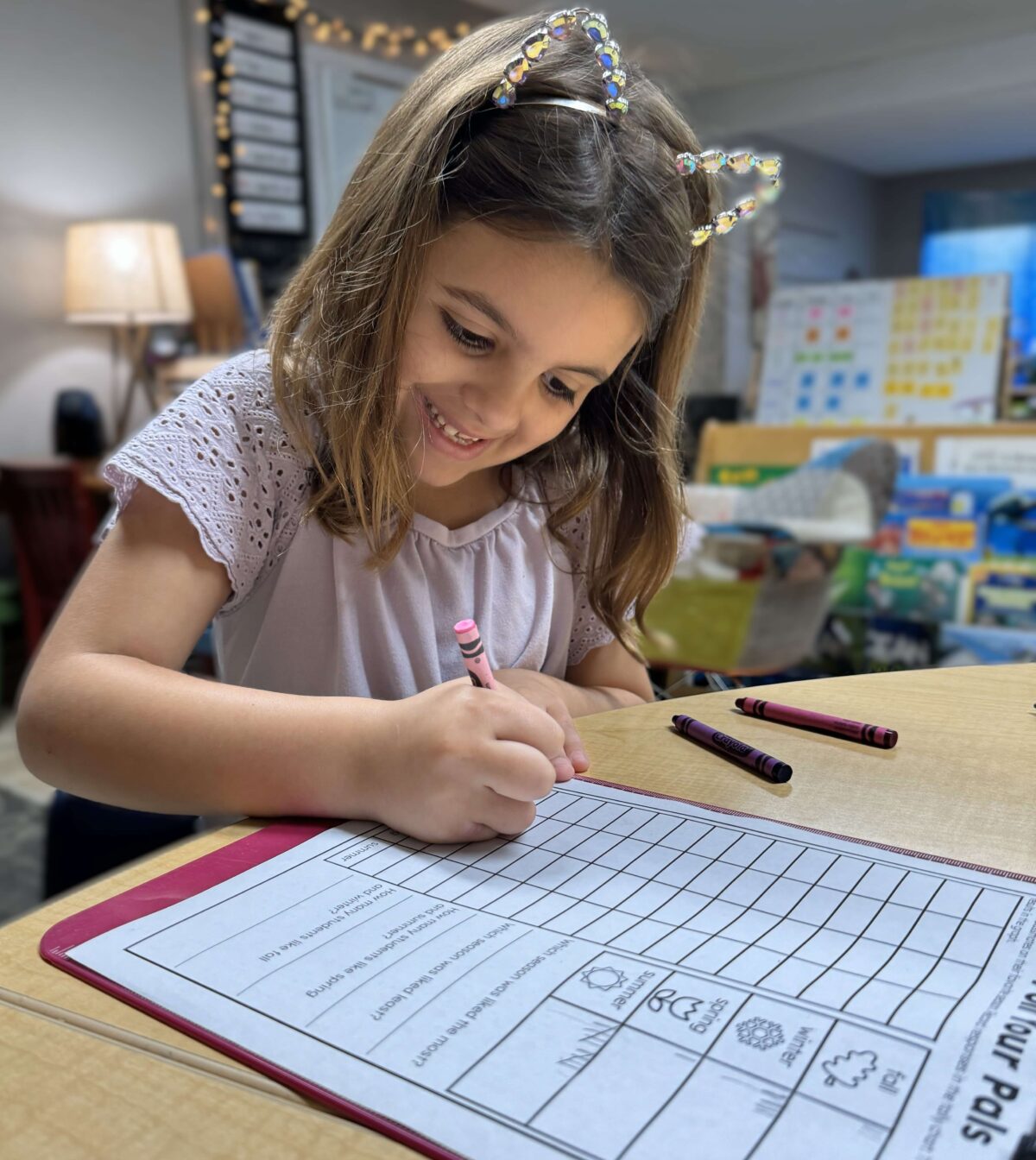
Information, Scope, and Standards
Click any of the images below to download the Information, Scope, and Standards documents.



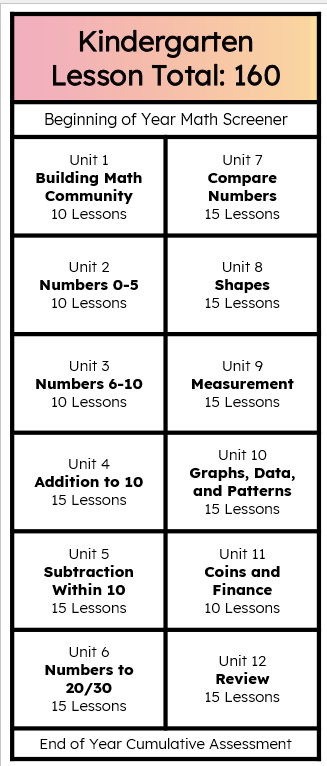
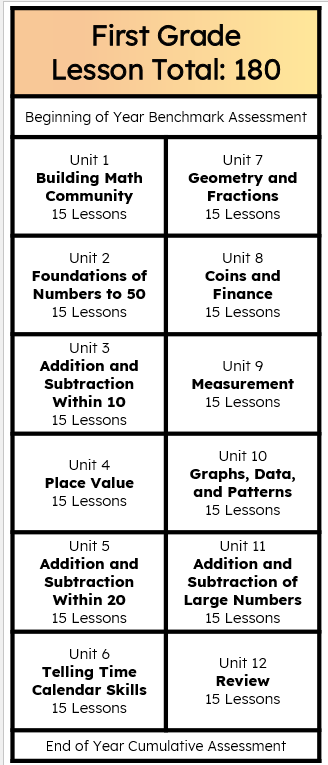
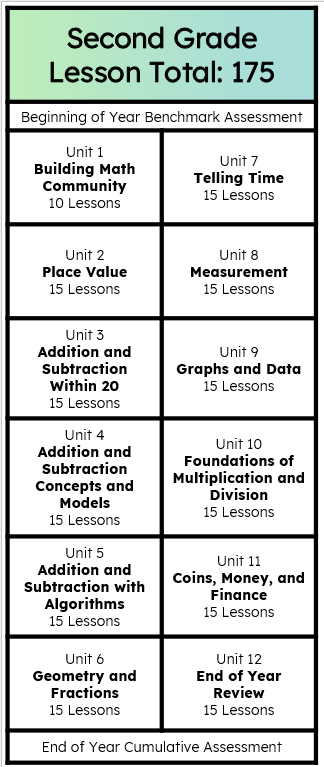



Purchase Orders and Invoices for Total Math Curriculum
We can help your school or district purchase Total Math directly with a purchase order or invoice for payment as a vendor. For help with this, email [email protected]. To check if we are already an approved vendor, search our vendor name, Tunstall’s Teaching Tidbits, LLC. Please note that purchase orders must meet the minimum licensing requirement.
Research and Rationale
Flexible Instructional Framework
Total Math provides lessons and materials in a framework of whole class direct instruction followed by teacher-led learning to monitor, support, and deepen mathematical understanding. This multi-faceted framework supports flexibility in teaching yielding high-impact instructional practices with timely and relevant scaffolding and differentiation for all learners.
Math Meaning, Skills, and Problem-Solving
Total Math is a vertically-aligned coherent curriculum. Mathematical ideas build on one another so students’ understanding and knowledge deepen while their ability to apply mathematics expands. Total math integrates conceptual understanding and procedural proficiency through the use of physical and visual models, multiple representations, academic language, flexible fluency, procedural strategies, connected content, and real-world connections.
Equitable Math Environment
Focused on creating a community of collaborative mathematical thinkers, Total Math components ensure a well-rounded math experience through varied learning structures and collaborative learning tasks. Parallel to the daily aligned learning options, scaffolded and differentiated materials provide equitable access to label-free teacher-led math support through high-quality content to meet varied instructional needs.



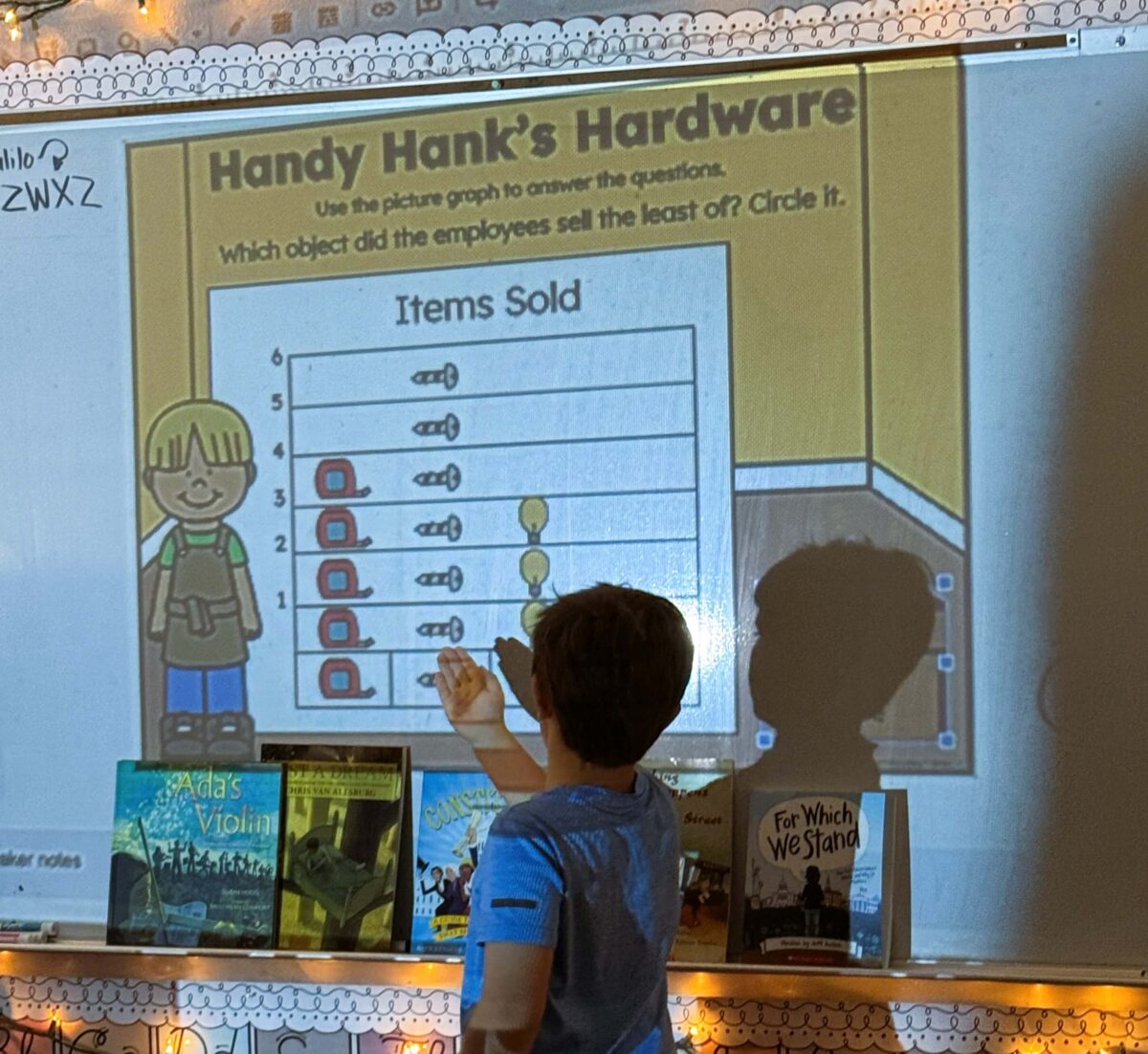
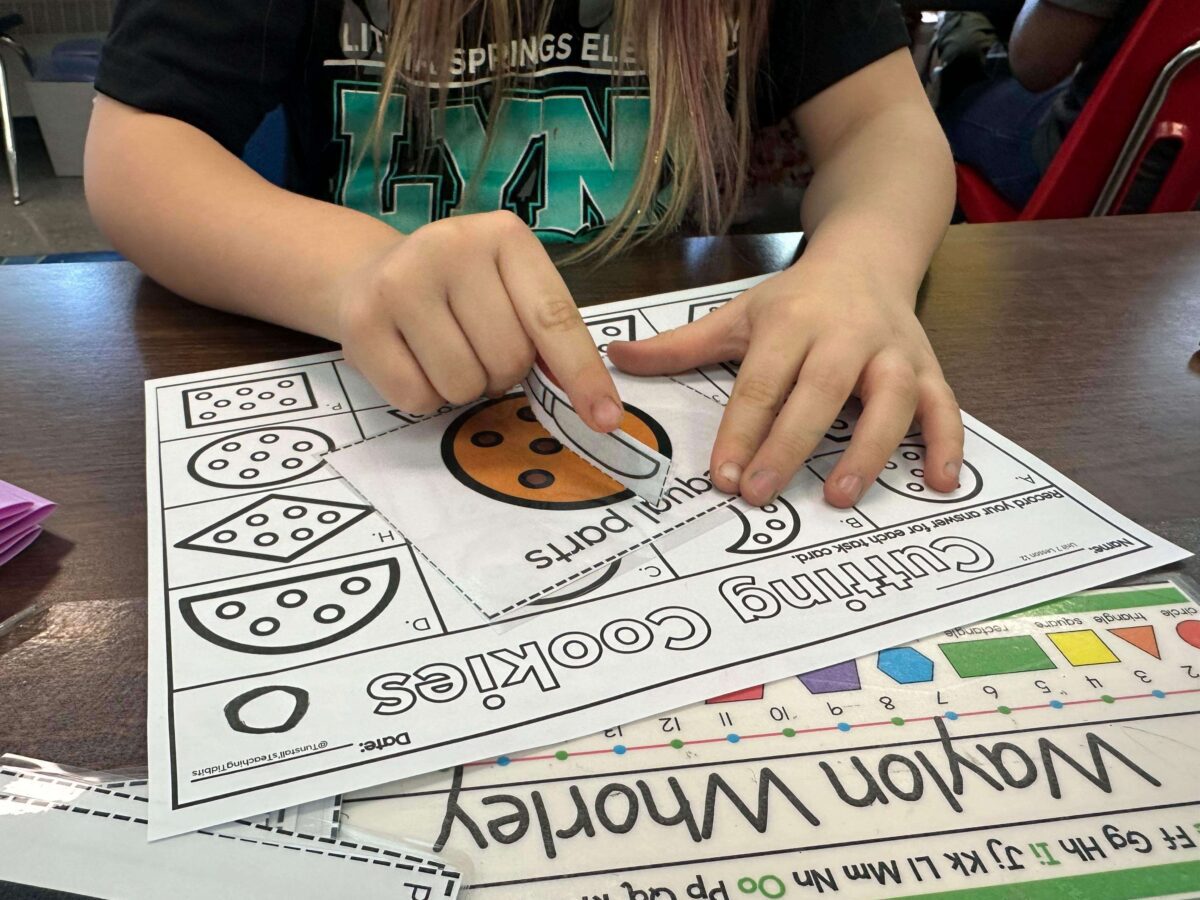
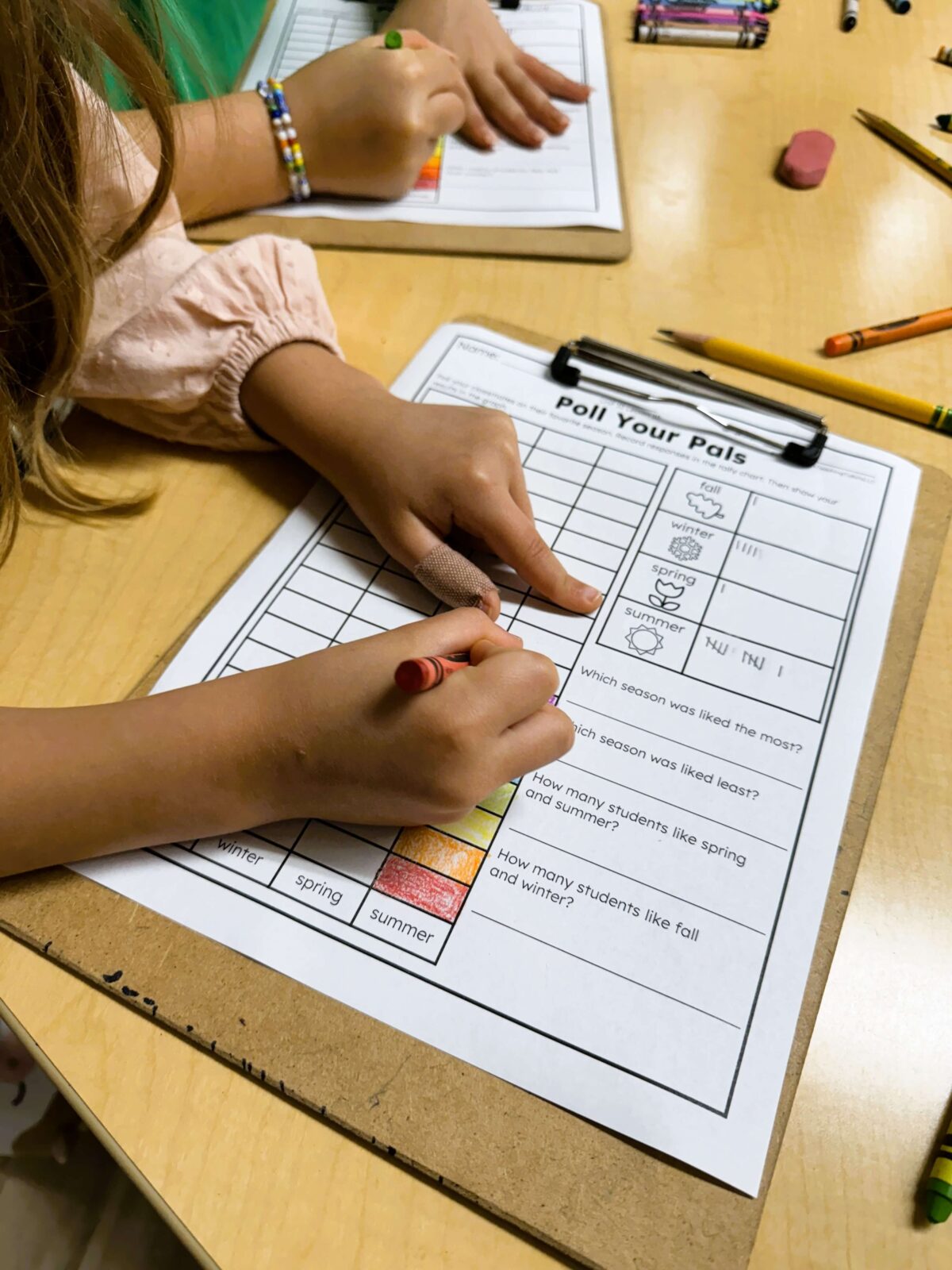
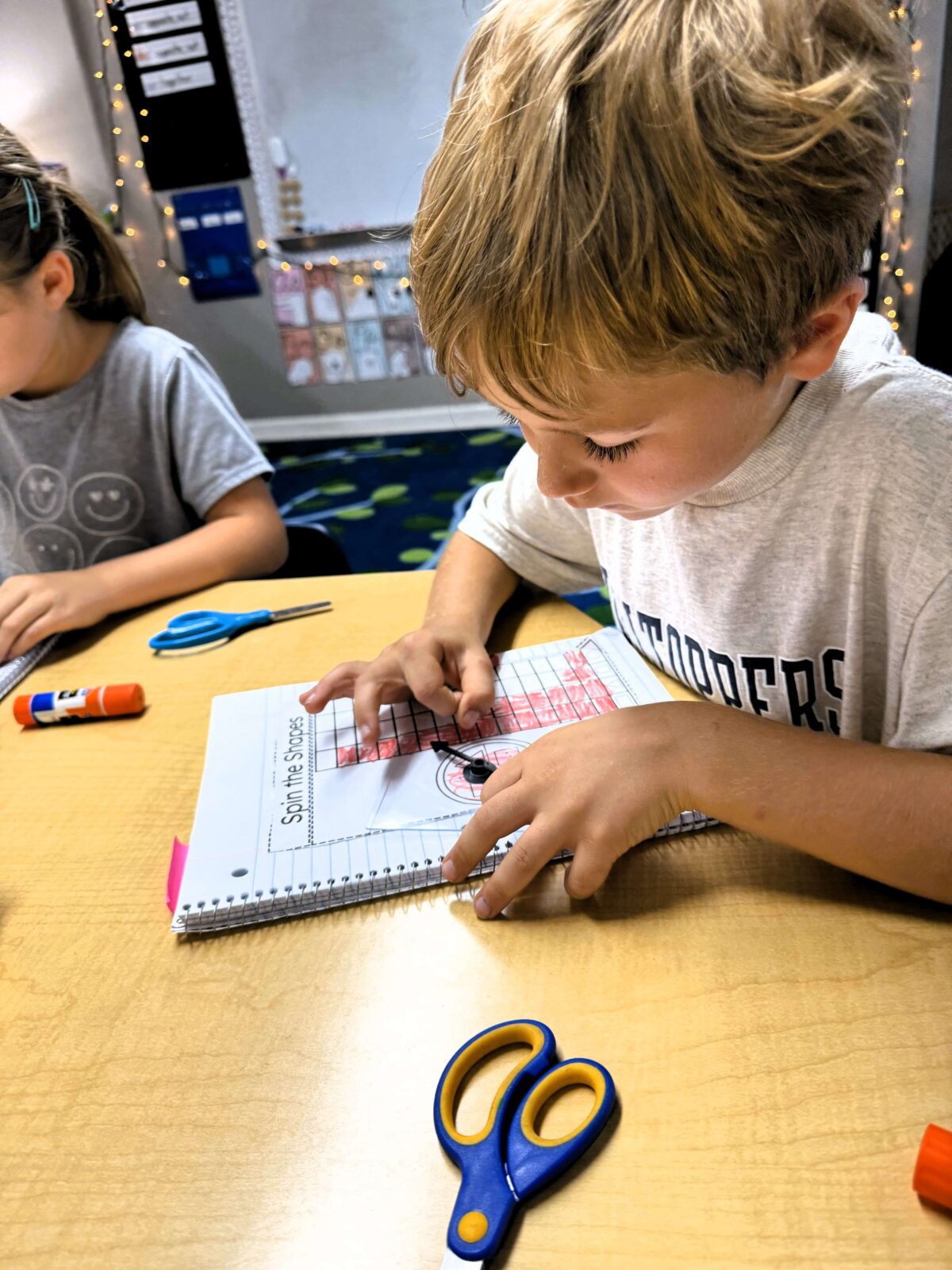
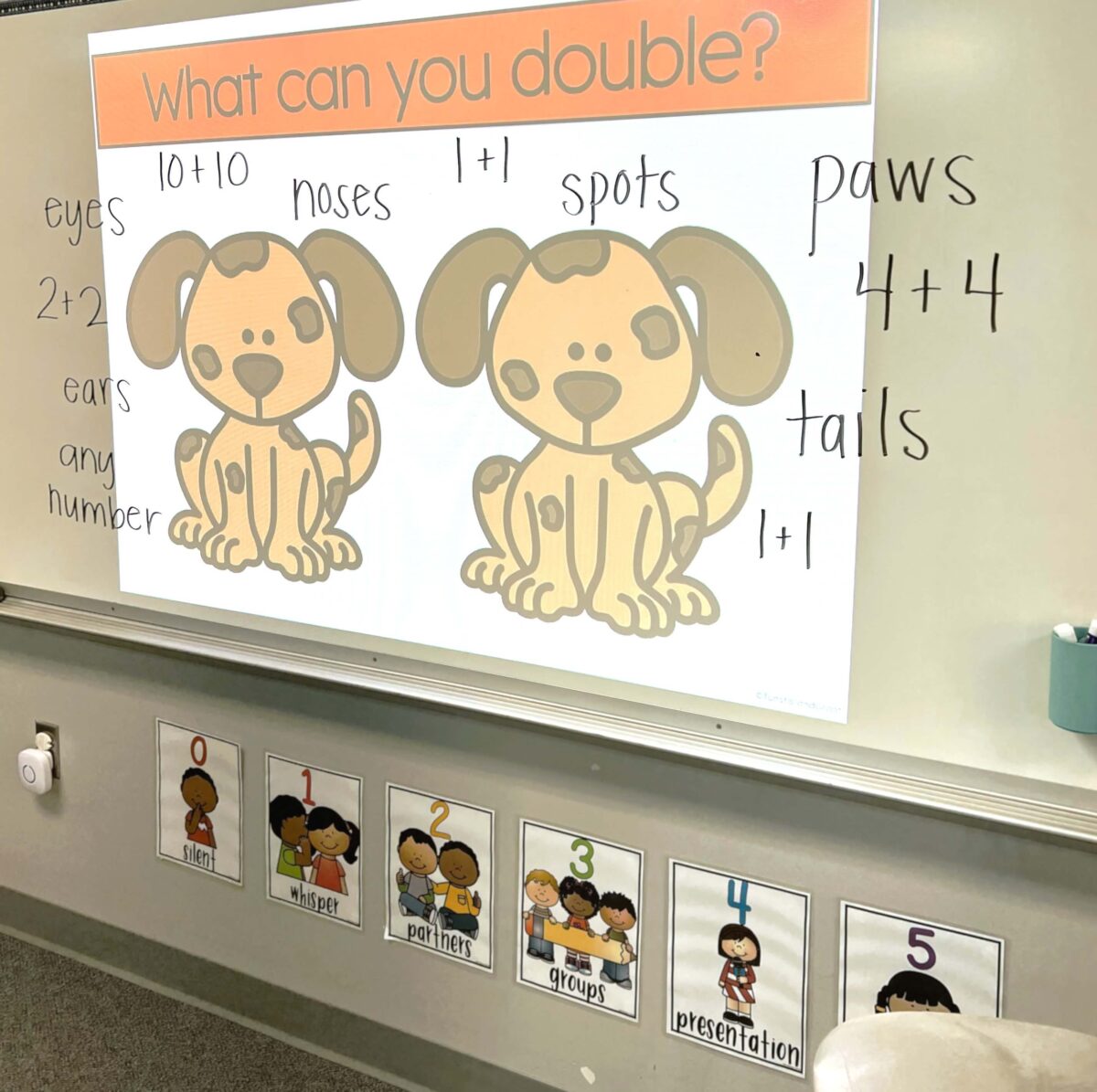
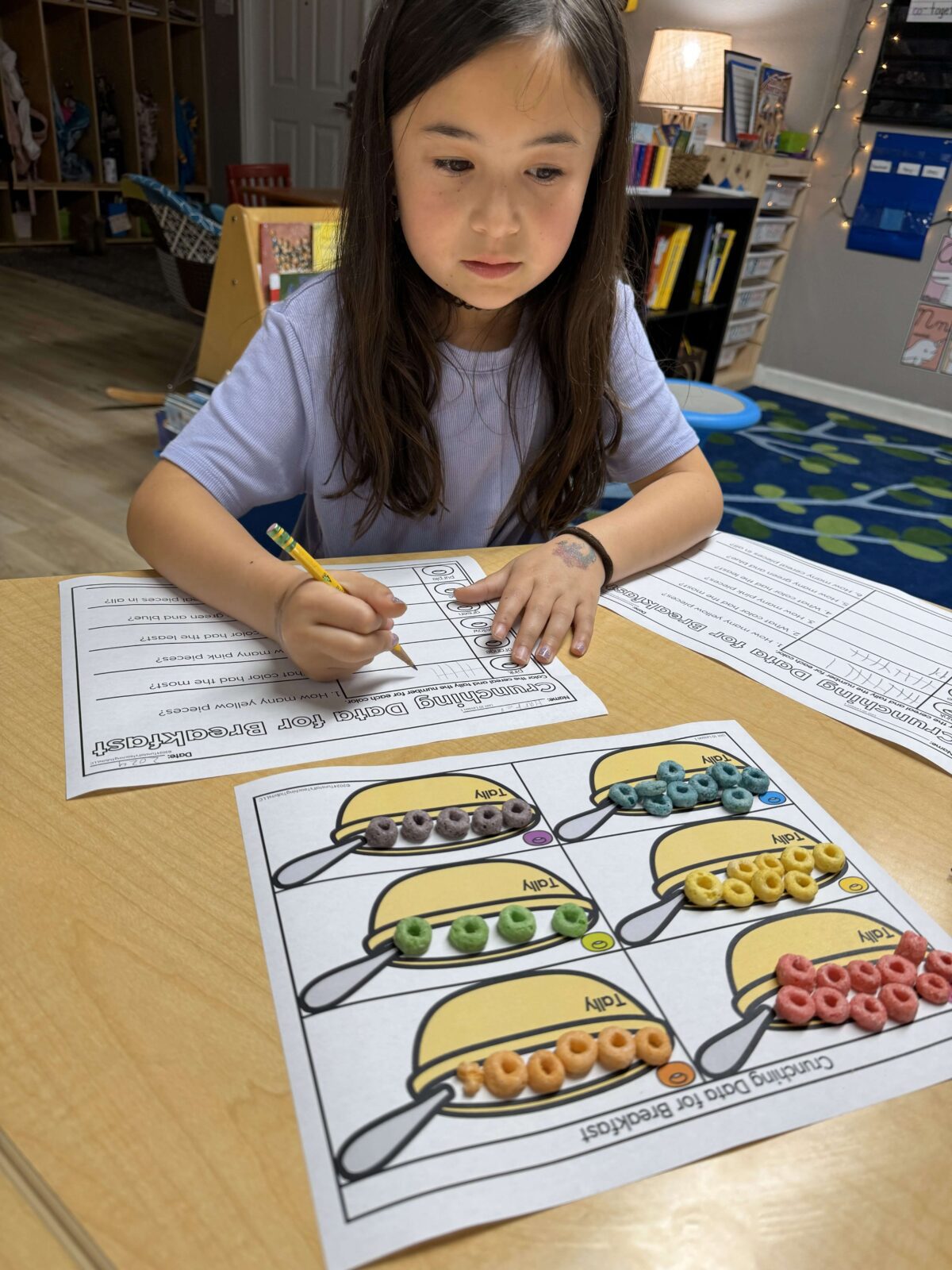



Building Math Community
From the very first math interactions, we set the tone for the entire year ahead. We have the chance to create powerful bonds between students and shape their perceptions of what learning math will entail. Our goal is to foster attitudes and beliefs that empower students to see themselves as capable learners and active participants in collaborative connected math acquisition. This is why the first units in all three grade levels focus on Building A Math Community. Come read how we do this here.
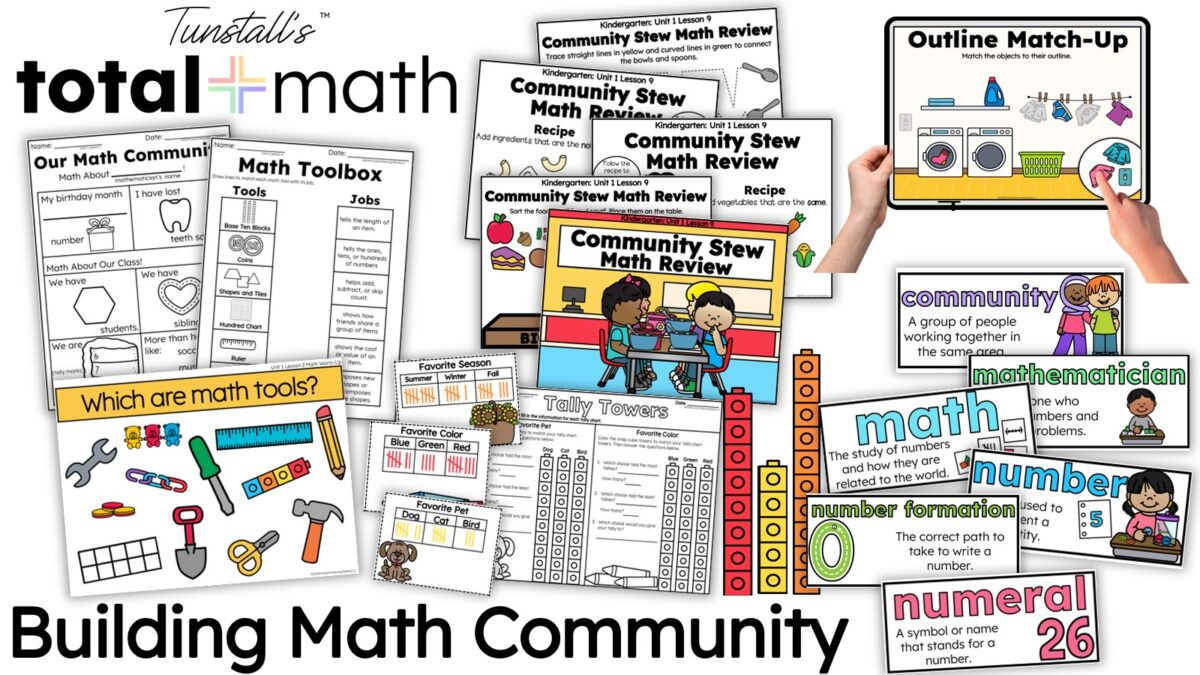
References
- Bush, Sarah B. Huinker DeAnn, Graham, Karen J. Dismantling Inequitable Structures. Mathematics Teacher: Learning & Teaching PK-12. 2024 [publication] April; 117(4):262-267.
- Dr. India White.“Equity in Action: Teaching with Equity in the Math Classroom.” Big Ideas Learning, https://bigideaslearning.com/blog/equity-in-action-teaching-with-equity-in-the-math-classroom. Accessed 3 May 2024.
- National Council of Teachers of Mathematics. (2000). Principles and Standards for School Mathematics. Library of Congress Cataloguing-in-Publication.
- Kaplan, Sandra (2021). Differentiated Curriculum and Instruction for Advanced and Gifted Learners
- Putri, H. E., Rahayu, P., Muqodas, I., & Wahyudy, M. A. (2020). The Effect of Concrete-Pictorial-Abstract (CPA) in Improving Elementary School Students’ Spatial Sense Ability. Mimbar Sekolah Dasar, 7(1), 16-29. doi:http://dx.doi.org/10.17509/mimbar-sd.v7i1.19585.
- Fuchs, L.S., Newman-Gonchar, R., Schumacher, R., Dougherty, B., Bucka, N., Karp, K.S., Woodward, J., Clarke, B., Jordan, N. C., Gersten, R., Jayanthi, M., Keating, B., and Morgan, S. (2021). Assisting Students Struggling with Mathematics: Intervention in the Elementary Grades (WWC 2021006). Washington, DC: National Center for Education Evaluation and Regional Assistance (NCEE), Institute of Education Sciences, U.S. Department of Education. Retrieved from http://whatworks.ed.gov/.

 Contact Us
Contact Us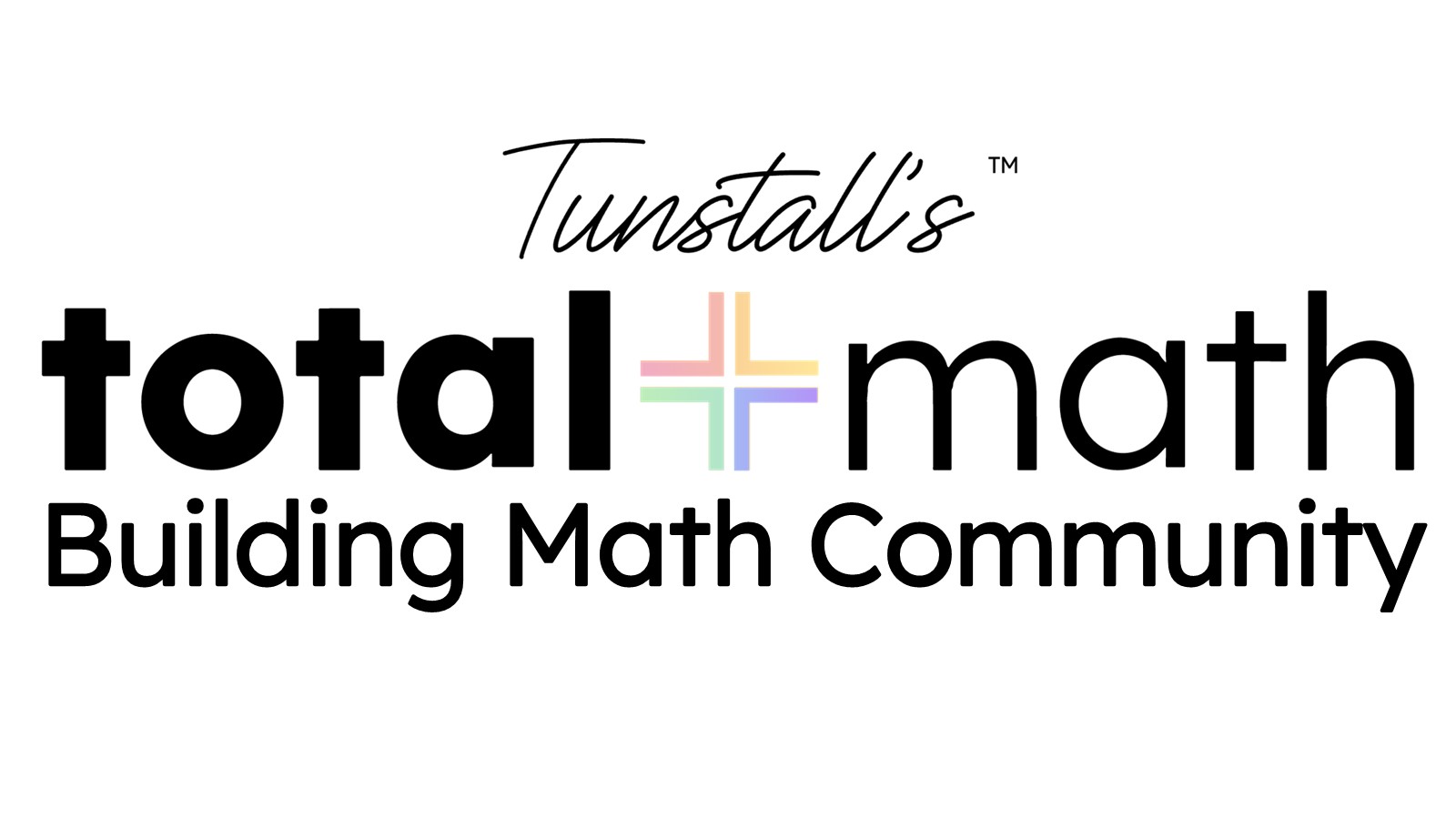

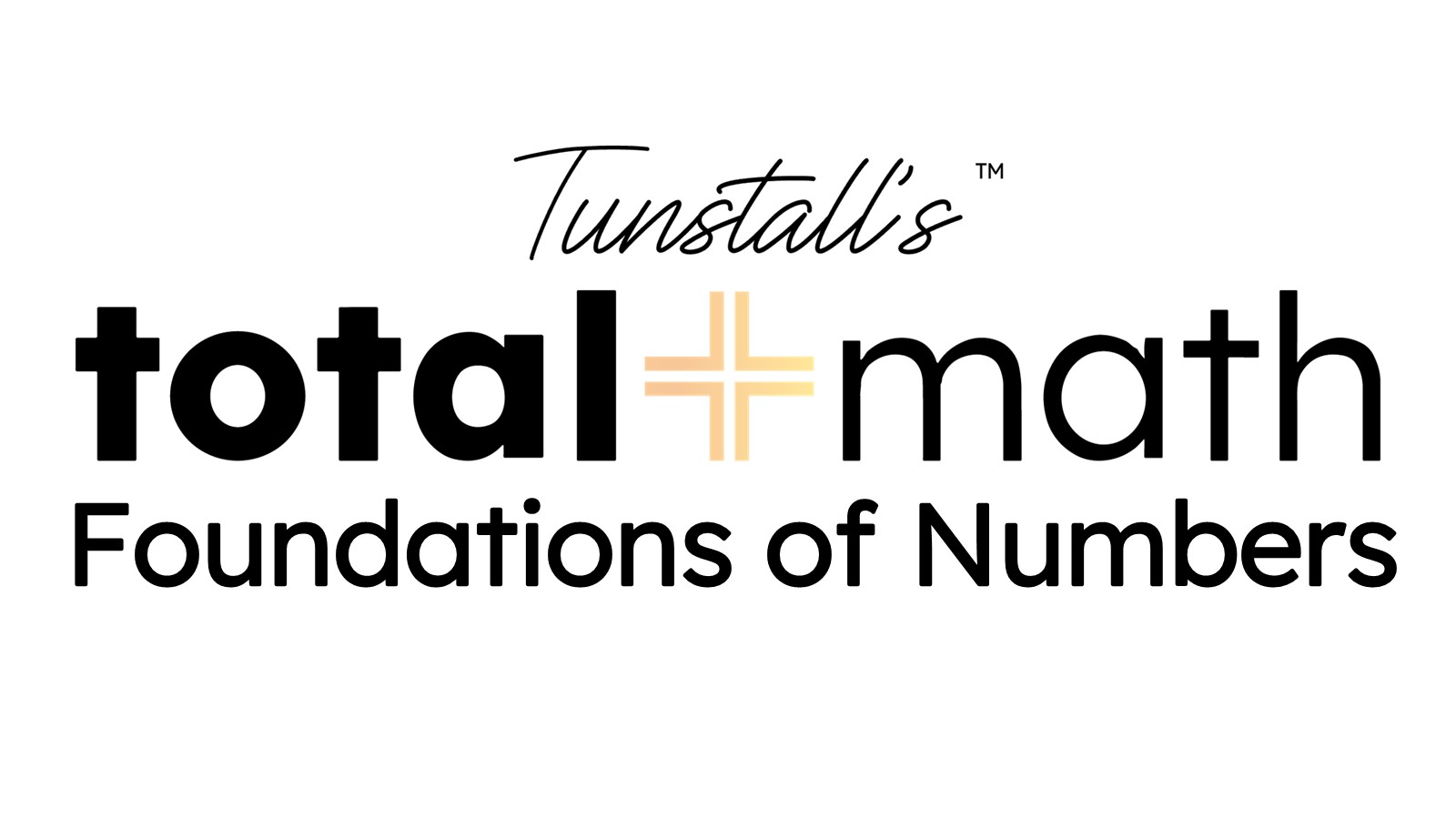
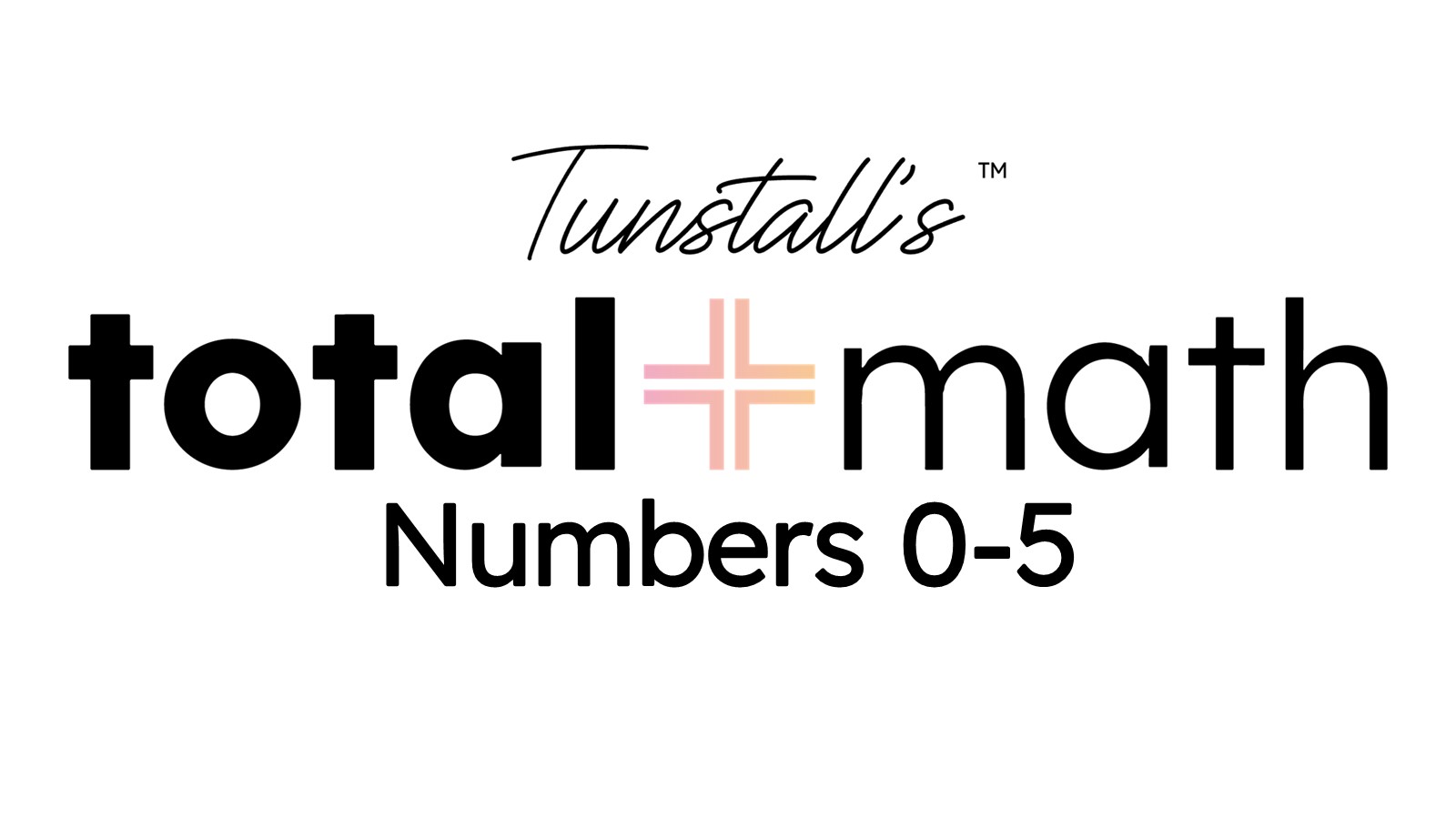
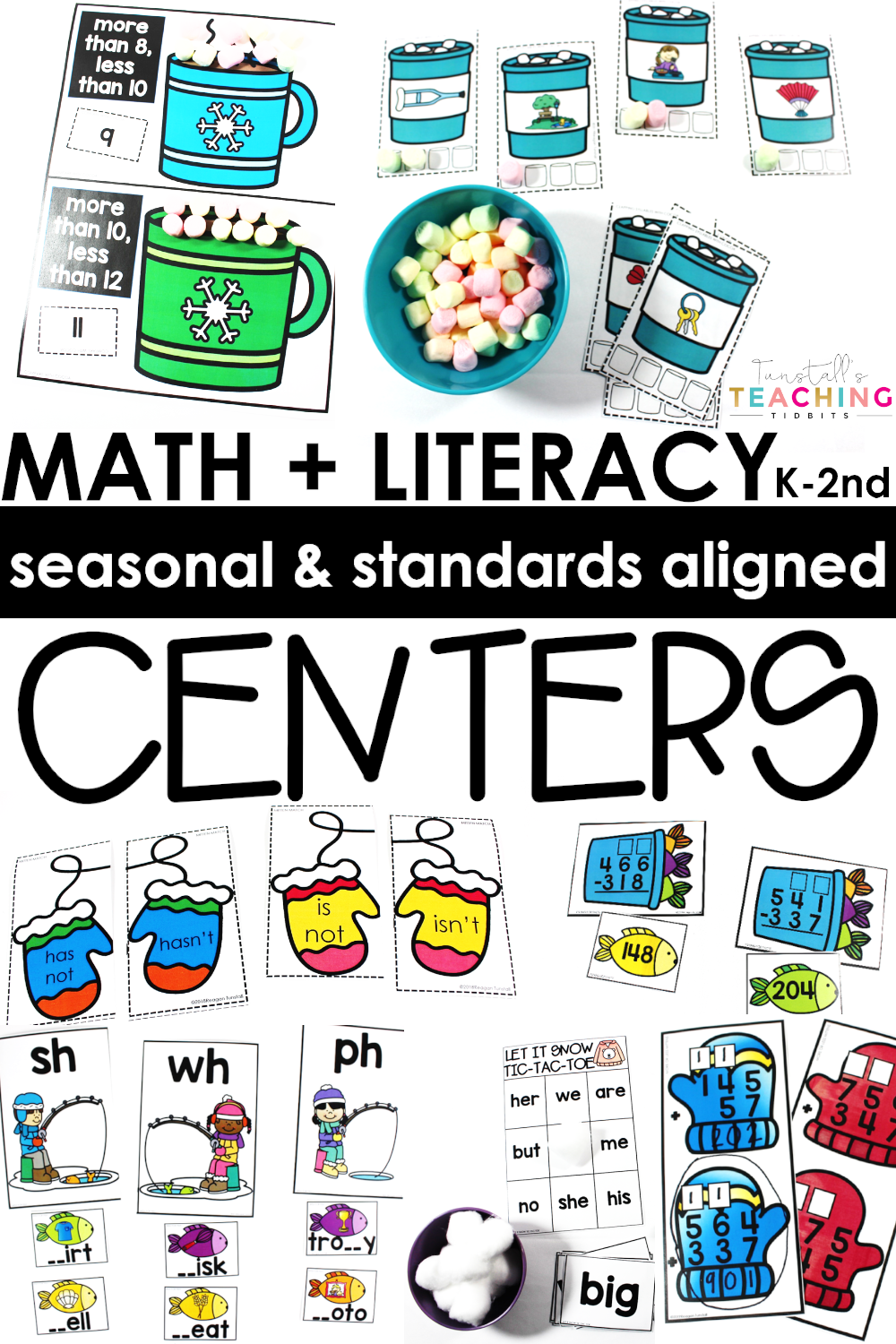
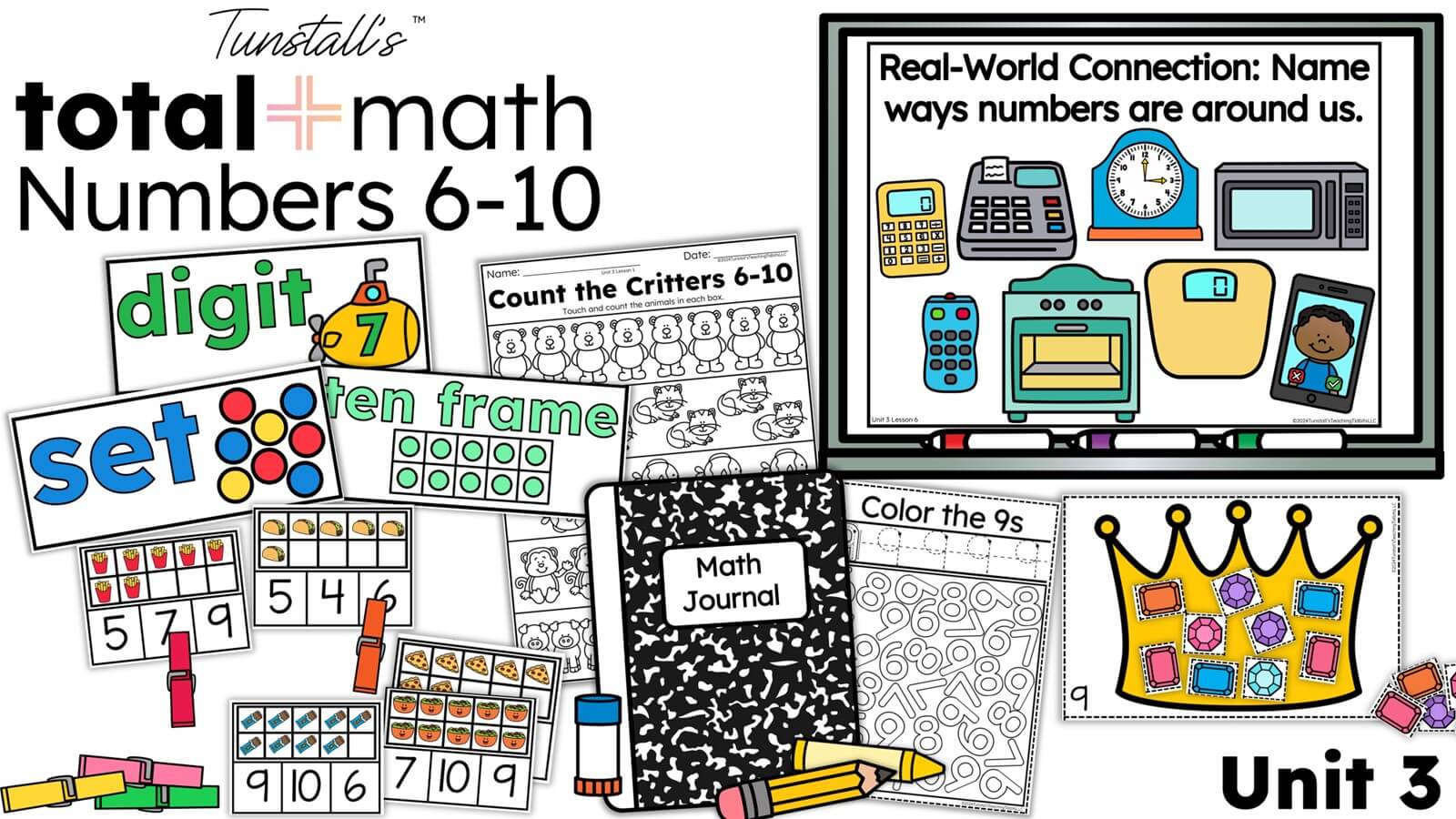
Hi! I just purchased your 1st and 2nd grade Total Math curriculum and I am excited to use it this year. For the past several years, I would give students a Review & Reinforcement drill at the beginning of class. The drill would consist of math facts, word problem of the day and 4 review questions. Does Total Math include review of previous taught concepts, fact drills and word problems? I am looking through what I have downloaded and do not see any. If yes, please help direct me. If no, what are your thoughts on fact drills, word problems, and R&R? Thank you for your time!